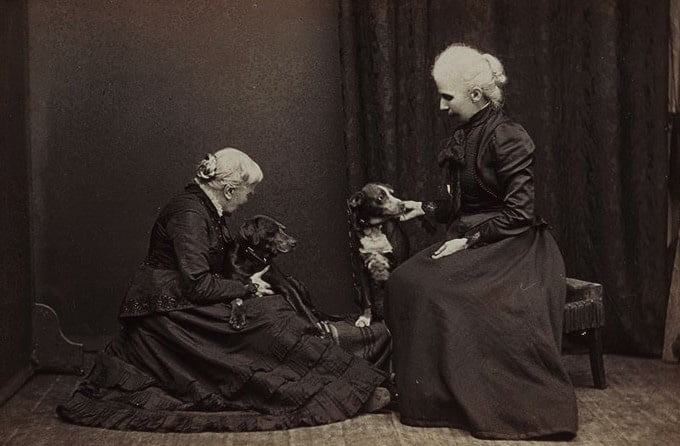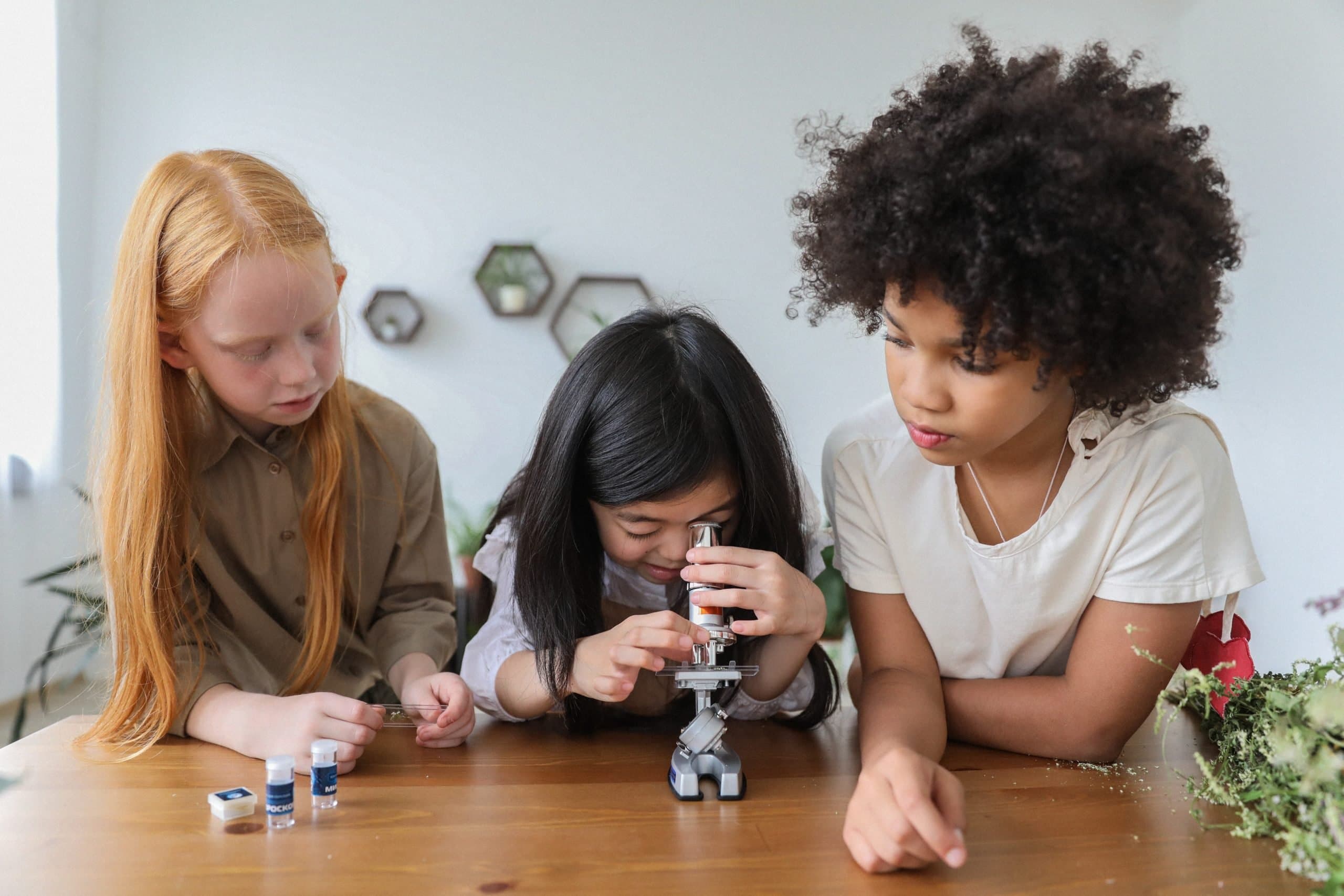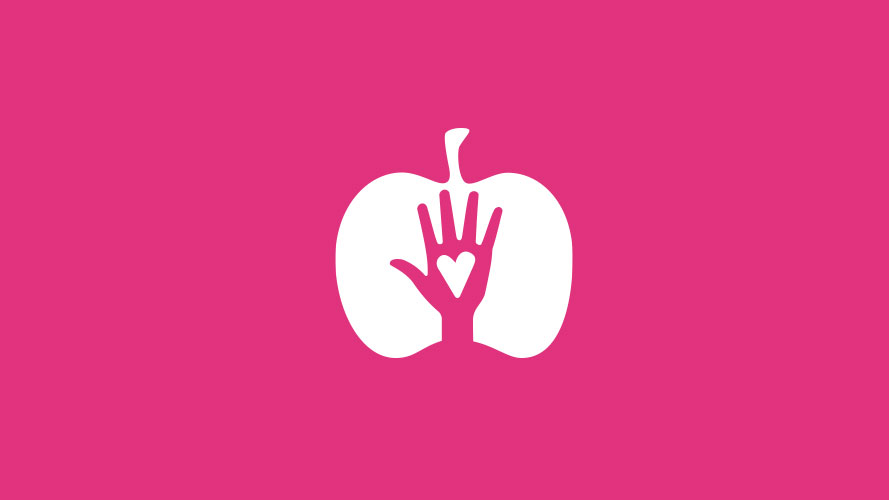Over the past decades, the global scientific community has increased its effort in inspiring and engaging women and girls. Yet women and girls continue to be underrepresented and under-recognized in STEM fields. In honor of the International Day of Women and Girls in Science (February 11), here are 12 women in science that have done really important things throughout history.
1: Caroline Lucretia Herschel was the first woman to receive a salary as a scientist.
Caroline Herschel was a German astronomer who made some important discoveries in astronomy, including discovering several comets, including 35P/Hershel–Rigollet. She was the first female to hold a government position, the first to earn a salary as a scientist, the first to publish scientific results in the Philosophical Transactions, the first to be awarded a gold medal by the Royal Astronomical Society, and the first to be given an honorary membership to the Royal Astronomical Society.

2: Mary Jackson was NASA’s first Black female engineer.
Mary Jackson was an American mathematician and aerospace engineer at the National Aeronautics and Space Administration (NASA)—at the time it was known as the National Advisory Committee for Aeronautics. In 1951, she began working as a computer at the segregated West Area Computing Division. In 1985, after taking advanced engineering classes, Mary became NASA’s first Black female engineer.
She later accepted a demotion to become a manager so that she could influence the hiring and promotion of women in science, engineering, and mathematics careers at NASA.

3: Alice Augusta Ball developed an effective treatment for leprosy.
Alice Augusta Ball, an American chemist, developed the “Ball Method”—the most effective treatment for leprosy in the early 20th century. Ball was the first African American and first woman to receive a master’s degree from the University of Hawaii. She was also the school’s first African American and first female chemistry professor.

4: Marie Tharp mapped the ocean floor, proving the theory of plate tectonics.
Marie Tharp was an American geologist and oceanographer. She was a part of a research project to map the ocean floor using technology that hadn’t been used in that way before. Unfortunately, women were not allowed on research boats at the time. Her colleagues would give her the data from their trips and, using only pens and rulers, she would map the ocean floor.

Scientists expected to see a mostly flat, featureless surface but Marie’s map showed that the ocean floor was actually full of valleys, canyons, and mountains. Marie found a 10,000-mile- (16,000-kilometer-) long ridge and what appeared to be a rift valley. She hypothesized that this is where magma would rise from the Earth and form new crust as the seafloor spread during continental drift. At the time, many scientists thought the idea of moving continents was ridiculous and Marie was told her ideas were just “girl talk”. Eventually, the scientific community accepted the findings that were essential to the theory of plate tectonics.
5: Rosalind Franklin aided in the discovery of the double-helix.
While working as a research associate at King’s College London in 1951, Rosalind Franklin and one of her students discovered that there were two forms of DNA—a dry “A” and a wet “B”. One of their X-ray pictures of the “B” form of DNA was critical evidence when the structure of DNA was eventually identified. Rosalinda’s picture, called Photograph 51, led to James Watson and Francis Crick winning the Nobel Prize for their DNA model in 1962. Rosalinda’s photo was shared with the pair without her permission.

6: Nettie M. Stevens discovered that sperm determines a child’s sex.
Nettie Stevens was an American biologist. She discovered that the sex of a child is determined by the chromosome in the sperm that fertilizes an egg. Nettie knew that women carry only the X chromosome in their eggs and, following the realization that male sperm carry both X and Y chromosomes, determined that the baby’s sex is determined by the sperm.
At around the same time, a scientist named Edmund Wilson came to the same conclusion as Nettie. He submitted his paper to The Journal of Experimental Zoology a mere 10 days before she did. While he did include a footnote stating that he was aware of Nettie’s findings, her contribution is often forgotten.

7: Margaret Knight invented the paper bag machine.
Margaret Knight was an American inventor. She created the machine that invented the process of making paper bags, which has since been used to create most plastic bags in grocery stores. She thought up the idea while working at the Columbia Paper Bag Company, where she wondered if there could be a faster process than manually assembling the bags.
When Margaret was working on a model of the machine, a man named Charles Anan came to view it. Unfortunately, when she attempted to file a patent her application was rejected because Anan had already been granted one.

8: Jocelyn Bell Burnell observed radio pulsars for the first time.
Jocelyn Bell Burnell is an Irish astrophysicist. She was a graduate student at the University of Cambridge when she observed the first four pulsars, which are small rotating stars that emit pulses of radiation. Jocelyn was working with Anthony Hewish and Martin Ryle to construct a radio telescope to monitor quasars and it was her job to analyze the data.
After spending hours upon hours going through the data, Jocelyn noticed some anomalies. She brought it to the attention of Hewish, who eventually claimed the discovery as his own and won the Nobel Prize for Physics along with Ryle.

9: Lise Meitner discovered nuclear fission.
Lise Meitner was a physicist and acting director of the Institute for Chemistry. She fled in 1933 when Adolf Hitler came to power but kept in contact with chemist Otto Hahn. The two of them together discovered nuclear fission. Unfortunately, Meitner was not given credit because she was both a refugee and Jewish. Hahn later won the Nobel Prize and refused to credit Lise.
The Berkeley Nuclear Research Center describes Lise’s story as “one of the most glaring examples of women’s scientific achievement overlooked by the Nobel committee.”

10: Marie Curie discovered radium and polonium.
Marie Curie was the first woman to win a Nobel Prize. She was also the first person and only woman to win the Nobel Prize twice and in two different scientific fields. Marie was a physicist and chemist and conducted pioneering research on radioactivity, leading to the discovery of radium and polonium, the latter of which she named after her native country of Poland. Marie also created mobile X-ray units to serve field hospitals during World War I.

11: Rachel Carson warned of the dangers of pesticides.
Rachel Carson was an environmental scientist and writer. In 1962 her book Silent Spring warned of the dangers of pesticides and chemicals to humans, animals, and plants. Many of the planet’s health issues today are due to this toxic waste.

12: Elizabeth Blackwell pioneered education for women in medicine.
Elizabeth Blackwell was a British physician. She was the first woman to receive a medical degree in the United States. She became interested in medicine after a friend became ill and told Blackwell that her care likely would have been better with a female doctor. She suffered significant prejudice and sexism while applying for medical schools and was ultimately rejected from every school except Geneva Medical College where male students voted for her acceptance. Her 1849 thesis on typhoid fever in the Buffalo Medical Journal, was the first of its kind published by a female student from the U.S.

Elizabeth opened a teaching hospital for women in New York and gave lectures to women about the importance of having women in the field of medicine. One of the attendees was Elizabeth Garret Anderson, who went on to become the first female doctor in England. In 1874, she worked with other notable women to create the first medical school for women in England.
It’s Time to Work Together
Education is a fundamental human right. Yet inequalities and opportunity gaps in education continue to prevent many women and girls worldwide from contributing to progress where they live. It is important to continue challenging the gender stereotypes that pigeonhole women into certain roles throughout the world. This doesn’t mean all women must work out of the home and have successful STEM careers; it means there must be freedom of choice for women to access and pursue the same education and careers as men if that’s what they choose to do.
We need to work together as a team, where our scientific discoveries should be valued and respected no matter our gender. We also need to work together as a team in the home, sharing responsibility for household chores and other tasks as well as co-parenting.
Here is our message to all girls and women on this day: you are powerful, you are valuable, and you are not alone!








